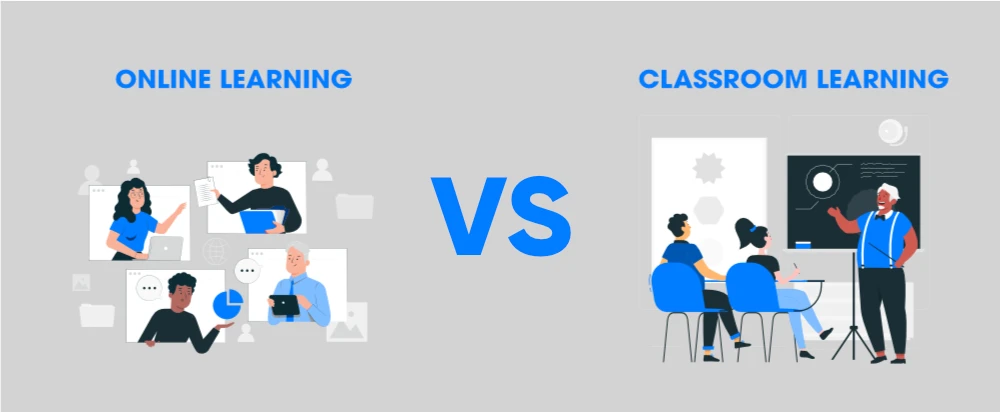What is Classroom Instruction?
Classroom instruction requires students to attend classes in-person for a specified number of hours depending on the state’s requirements. Behind-the-wheel, in-car instruction is often included as part of the curriculum but has its own minimum time requirements.
This is the traditional form of driver's education that is still offered today through private companies that have received approval from the DPS. Classroom instruction may be available through your school district if it’s opted to include the training in their high school curriculum. However, many school districts don’t offer drivers ed these days so most students attend a private driving school to complete the required education for a driver's license.
What is Online Drivers Ed?
In online drivers ed, students read through material that’s provided on the Internet either through a website or app and then complete course activities on their own time with their own device (computer, tablet, or in some cases, even a smartphone). This type of driver's ed has seen huge growth over the last 10 years due to the convenience of new technology. As long as a student has access to the Internet and uses a state-approved provider, online drivers ed is an excellent option for busy families.
The Pros and Cons of Classroom Instruction
While classroom instruction can provide your child with a one-on-one learning experience within the comfort of their own school. There’s also a greater chance for interaction with instructors and peers in this setting.
On the other hand, class schedules are predetermined and the students have no control over when courses are offered. Another consideration is that in some states missing a class may result in having to retake the course. And if your local high school does not offer drivers ed as part of its curriculum, the cost to enroll in a private driving school course can be expensive.
Pros and Cons of Online Drivers Ed
Should your teen enroll in an online drivers ed program, the opportunity for in-person interaction between students and instructors is somewhat limited. However, if your teen is easily distracted by other students or a self-motivated scholar, this shouldn’t be much of an issue.
For families who place a high priority on convenience, online drivers ed is the clear choice. Online courses allow students to complete the education requirements at their own pace, on the device of their choosing and without having to drive to a school. And there’s no need to worry that your teen is getting a sub-par learning experience. Online driving programs must be approved by state agencies just like classroom driving schools.


